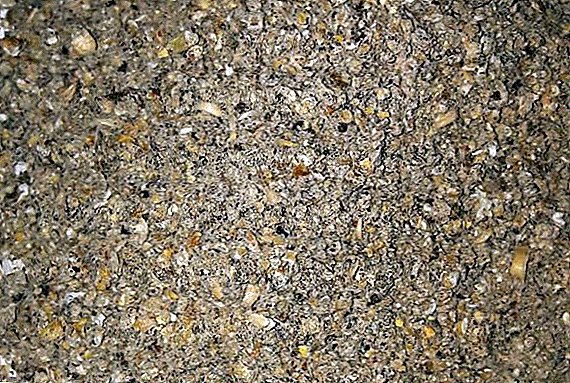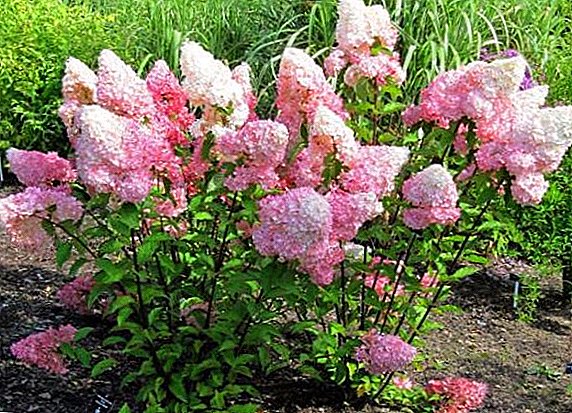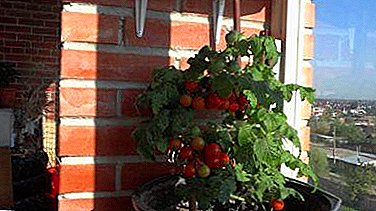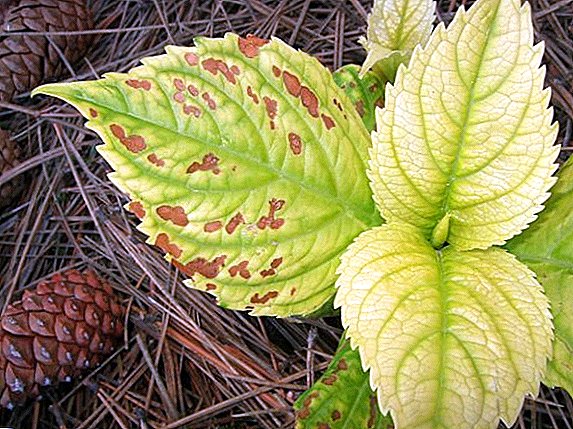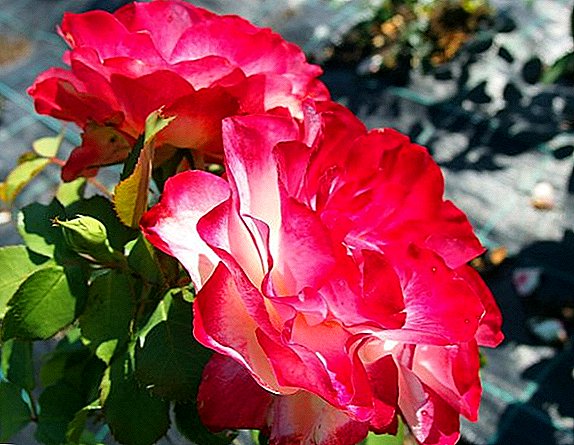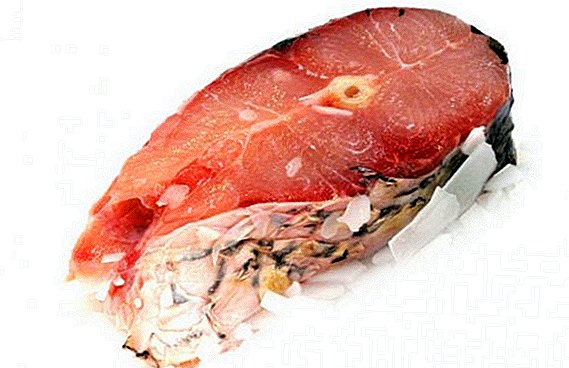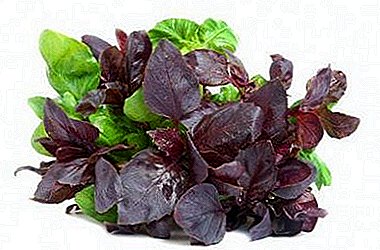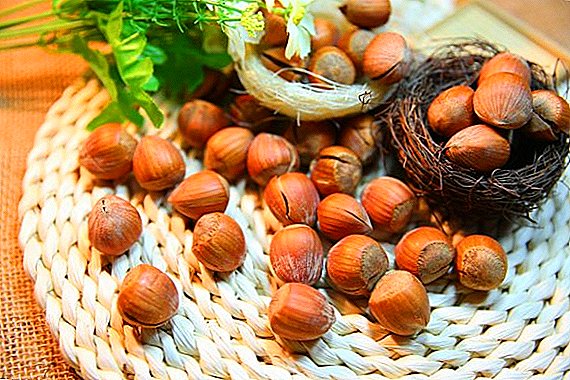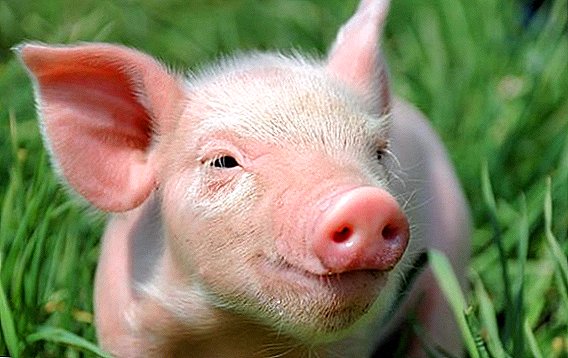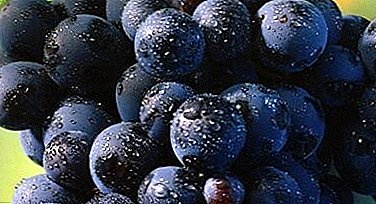
In the collection of the Institute of Grape and Wine "Magarach", Crimea, there are many grapes of their own selection, the name of which sounds the name of the company.
These are Early Magaracha, Ruby Magaracha, Spartan Magaracha, Riesling Magaracha, Tavkveri Magaracha, Gift of Magaracha and Citron Magaracha.
Mostly all these varieties are technical, that is, they are intended for the production of table, strong and dessert wines. Technical are also Levokumsky, Bianca and Crystal.
In addition to varieties Early Magaracha, which belong to the dark-colored dining species.
Breeding history
Magarach 372, or Early Magarach, is one of the oldest breeding varieties obtained in 1928 from the crossing of the Kishmish black and Madeleine Angéwin vines.
Grapes Magarach: variety description
Vine and leaves
 The appearance of the vine at a young age is remarkable sprawling shoots. As the bush grows, it takes the form of a vigorous and powerful vine.
The appearance of the vine at a young age is remarkable sprawling shoots. As the bush grows, it takes the form of a vigorous and powerful vine.
The young vine is characterized by a bronze tint of leaves, which over time acquire a light green color.
On the vines there are noticeably bubbly five-lobed leaves, resembling the so-called “bird tail”, which is characterized by elongated triangular teeth along the edges and weak pubescence on the underside of the leaf.
The Early Magarach has a peculiarity: the central lobe of the leaf is shorter than the lateral ones, which gives a peculiar pattern to the leaf plate. In the autumn, this grape variety will be clearly visible on the leaves of yellow color with an admixture of red spots distributed over the entire surface.
Berry
The bunch of grapes is medium in size and can be up to 22 cm in length, and 19 cm in width. The density of the grapes varies from season to season and depends on the growing area: it can be medium loose, or it can be loose, but the shape of the bunch is close anyway to conic; sometimes branching and winged species.
The weight of each round or oval berry, containing 2-3 seeds, averages 3-4 g, the weight of the bunch reaches half a kilogram. The color of the berries is dark blue, and the juice is pink. For the berries of the Early Magarach is characterized by the presence of pruine - wax coating, which turns the dark berries into less intensely colored with a characteristic gray bloom.
The same raid gives a strong velvety leather. The flesh gives a feeling of meatiness.
In the simple taste of the grapes is not observed bright colors and winegrowers described as "without features."
The Denisovsky, Pharaoh and Sphinx varieties are also distinguished by good taste.
A photo
Photo grapes "Magarach":


Agrotechnology
 The best region for growing Early Magarach is the southern coast of Crimea, where mainly slate and dark chestnut soils are used for planting, whereas in the Odessa region this variety feels great on sandstones with a bed of chernozem or loam.
The best region for growing Early Magarach is the southern coast of Crimea, where mainly slate and dark chestnut soils are used for planting, whereas in the Odessa region this variety feels great on sandstones with a bed of chernozem or loam.
But grapes are unstable to low temperatures, so the region for cultivation should be selected with regard to the low frost resistance of the variety. It is successfully grown in the Zaporozhye and Rostov regions, the Krasnodar Territory, in Central Asia and the Far East.
Love for heat is different and Hadji Murat, as well as the Cardinal and Ruta.
When forming a shrub, they adhere to the shapeless fan shape, which is optimal for this variety, however, if the plantings are made on the southern slopes with good intensity of solar radiation, then high shtamp molding is used, then the height of the bush can reach more than 1 m.
During the spring pruning on the shoots leave from 5 to 8 eyes, depending on the condition of the vine, but in general, the load on the middle bush should not exceed 40 eyes.
Yield
For the variety Early Magaracha, the main selection characteristic is the early ripening of berries - in the last third of August. From the moment a leaf appears until the fruit is ready, about 120 days pass under the condition that the total active temperature will not be less than 2300ºС.
The number of brushes on the shoots will differ by 1.5 times, depending on whether this shoot is fruit-bearing (1.3) or developing (0.8). As a rule, the fruitful shoots of the Early Magarach variety are formed from replacement buds. The number of fruitful shoots is 60-70%.
The yield of the vine is noticeably different depending on the region of cultivation.
For example, in the Odessa region, this figure is on average about 120 t / ha, while on the southern coast of the Crimea it can produce up to 200 t / ha.
The high-yielding varieties belong to the Anniversary of the Kherson summer resident, Rkatsiteli and the Gift of Magarach.
Diseases and pests
 Since the grape has an early ripening period, it is not afraid of such a disease as rot, but at the same time the variety is poorly resistant to mildew and phyloxera. In order to avoid defeat phyloxera it is better to take a stock of French or American origin. Recommended rootstock - Riparia x Rupestris 101-14.
Since the grape has an early ripening period, it is not afraid of such a disease as rot, but at the same time the variety is poorly resistant to mildew and phyloxera. In order to avoid defeat phyloxera it is better to take a stock of French or American origin. Recommended rootstock - Riparia x Rupestris 101-14.
To combat black spot, which can affect the Early Magarach vine, DNOC, Polirama DF, Cabrio Top, Ridomila, Thanos and Topaz are recommended depending on the duration of detection of signs of disease.
Experienced winegrowers do not neglect the prevention of such common grape diseases as anthracnose, bacteriosis, chlorosis, rubella and bacterial cancer.
They love wasps and ants.
Characteristic
The variety Early Magaracha has the following technical characteristics:
- the composition of the bunch - 84% falls on the juice;
- the composition of the berries is the dense part and the seed is 13.2%;
- portability of transportation is high;
- sugar accumulation characteristic - by the time of ripening it can reach 16g / 100 ml and more with an acidity level of 6 g / l;
- tasting score - 8 points.
The grape variety Ranniy Magaracha, which is zoned in different regions, acquires characteristic shades of the flavor (blueberry, chocolate, raisin), which are characterized as pleasant.
Amateur growers are happy to grow this vine, which, according to their estimates, is ranked third among the early ripening varieties.


